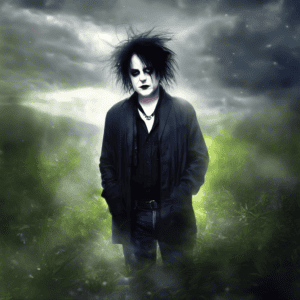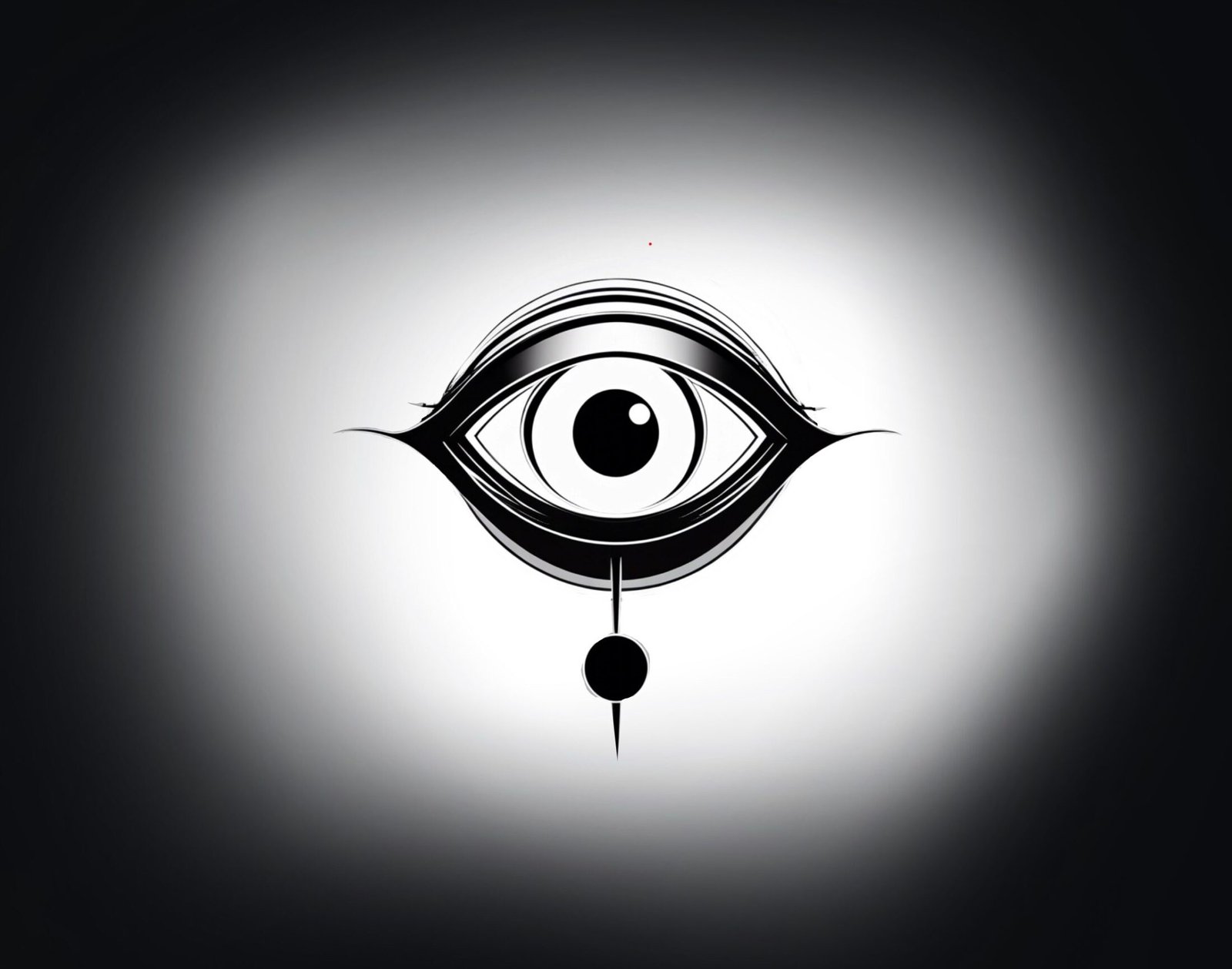Top 10 Goth Fashion Rock Music & Punk Icons: That Brought Us Style & Attitude
Goth, punk, and rock cultures have been shaped by a handful of iconic figures. These figures have not just simply led but have made significant contributions to the music, style and that represent the ethos of the goth/punk/rock scenes. I have compiled a fun list of peeps that encapsulate our favourite genres. Lets see if I can pull a few surprises out of the proverbial goth hat. Here is a list of the top essential pioneers.
Who made the top ten list?

1. Siouxsie Sioux (Siouxsie and the Banshees)
• Why They Matter: Siouxsie Sioux is often referred to as the “Queen of Goth.” As the lead singer of Siouxsie and the Banshees, she defined the post-punk and goth sound with her dark, haunting vocals and innovative style.
• Influence: Her fashion sense—dark eyeliner, bold hairstyles, and elaborate outfits—became iconic within goth culture. Siouxsie helped create a template for goth music, influencing later bands like The Cure and Bauhaus.
• Legacy: Siouxsie’s contributions to music and goth aesthetics cemented her as a foundational figure in goth subculture, whose influence still resonates today.

2. Robert Smith (The Cure)
• Why They Matter: As the frontman of The Cure, Robert Smith is one of the most recognizable figures in goth music. His melancholic lyrics and ethereal sound shaped the emotional core of the goth genre.
• Influence: Smith’s signature look—wild hair, smudged lipstick, and dark clothing—became synonymous with goth style. His music, particularly albums like Disintegration, became touchstones for the goth and alternative scenes.
• Legacy: The Cure’s music influenced generations of artists, and Smith remains an enduring symbol of the goth subculture.
3. Peter Murphy (Bauhaus)
• Why They Matter: Peter Murphy, the frontman of Bauhaus, is often called the “Godfather of Goth.” Bauhaus’ song “Bela Lugosi’s Dead” is considered the anthem of goth music, and the band pioneered the gothic rock genre.
• Influence: Murphy’s deep vocals and eerie stage presence were key elements that helped establish the dark, theatrical aesthetics of goth culture.
• Legacy: Bauhaus’ impact on the goth scene is immeasurable, and Murphy’s solo career continued to explore dark, atmospheric sounds that resonated within goth and post-punk communities.

4. Ian Curtis (Joy Division)
• Why They Matter: As the lead singer of Joy Division, Ian Curtis played a pivotal role in the post-punk movement, which heavily influenced the development of goth music.
• Influence: Curtis’ emotionally raw lyrics and intense stage presence added a depth of vulnerability to goth culture. His struggles with mental illness and tragic suicide at 23 added a layer of melancholy that goth music often explores.
• Legacy: Joy Division’s music, especially their album Unknown Pleasures, remains a cornerstone of the goth scene, with Curtis’ influence continuing to inspire goth and post-punk musicians.
5. Dave Vanian (The Damned)
• Why They Matter: The lead singer of The Damned, Dave Vanian, was one of the first musicians to blend punk with goth aesthetics, introducing theatrical elements such as vampire-like attire to the punk scene.
• Influence: Vanian’s dark, brooding image and The Damned’s early work laid the groundwork for the crossover between punk and goth cultures.
• Legacy: As one of the earliest bands to move from punk to goth, The Damned helped bridge the two genres, and Vanian’s style continues to influence goth fashion.

6. Nick Cave (Nick Cave and the Bad Seeds)
• Why They Matter: Though not strictly goth, Nick Cave’s dark, gothic storytelling and somber musical style have made him a key figure within the goth subculture.
• Influence: His music, characterized by its brooding, poetic lyrics and themes of death, love, and existential despair, appeals to goth sensibilities.
• Legacy: Cave’s body of work continues to influence a broad spectrum of musicians and fans within the alternative, goth, and post-punk scenes.
7. Rozz Williams (Christian Death)
• Why They Matter: Rozz Williams, the founder of Christian Death, is credited with creating the subgenre of deathrock, which is closely associated with goth music.
• Influence: Williams blended punk with gothic horror themes, adding a raw, aggressive edge to goth music. His work helped establish the Southern California deathrock scene.
• Legacy: Christian Death’s albums like Only Theatre of Pain became foundational for goth music, influencing future deathrock and goth bands globally.

8. Lydia Lunch (Teenage Jesus and the Jerks)
• Why They Matter: Lydia Lunch is a central figure in the no wave and punk movements, and her transgressive art, spoken word performances, and music resonated with goth sensibilities.
• Influence: Her confrontational style and dark, poetic lyrics challenged societal norms, influencing the goth and punk scenes with a raw, nihilistic energy.
• Legacy: Lunch’s influence extends beyond music into performance art and literature, making her an enduring figure in alternative subcultures.
9. Siouxie Medusa (UK Goth Fashion Icon)
• Why They Matter: Siouxie Medusa was an influential figure in the UK goth and punk scenes in the late 70s and 80s. She was known for her striking, original fashion sense and helped set the standard for goth style in London’s scene.
• Influence: As a muse and collaborator with other punk and goth figures, Medusa’s distinct look—a combination of punk and gothic influences—became a visual hallmark of the scene.
• Legacy: Her style has influenced generations of goths, making her one of the most enduring fashion icons in goth subculture.

10. Johnny Rotten (Sex Pistols)
• Why They Matter: Although better known for his role in punk, Johnny Rotten (John Lydon) helped shape the rebellious attitude that punk and goth shared in their early days.
• Influence: His sneering vocal style, anti-establishment ethos, and distinct look were adopted and adapted by early goths who connected with punk’s dark, rebellious energy.
• Legacy: The Sex Pistols’ influence on both punk and goth is undeniable, with Rotten’s work being a precursor to much of the nihilism and rebellion seen in goth culture.
Conclusion
These ten figures shaped not only goth music but also the aesthetic, fashion, and ethos of the goth and punk subcultures. From Siouxsie Sioux’s pioneering style to Ian Curtis’ haunting vulnerability, each has left an indelible mark on alternative culture. Another of my favourites Sister of Mercy along with other will be on my next list. Their influence continues to inspire new generations of goths, punks, and rock enthusiasts, cementing their place in the history of music and fashion.

